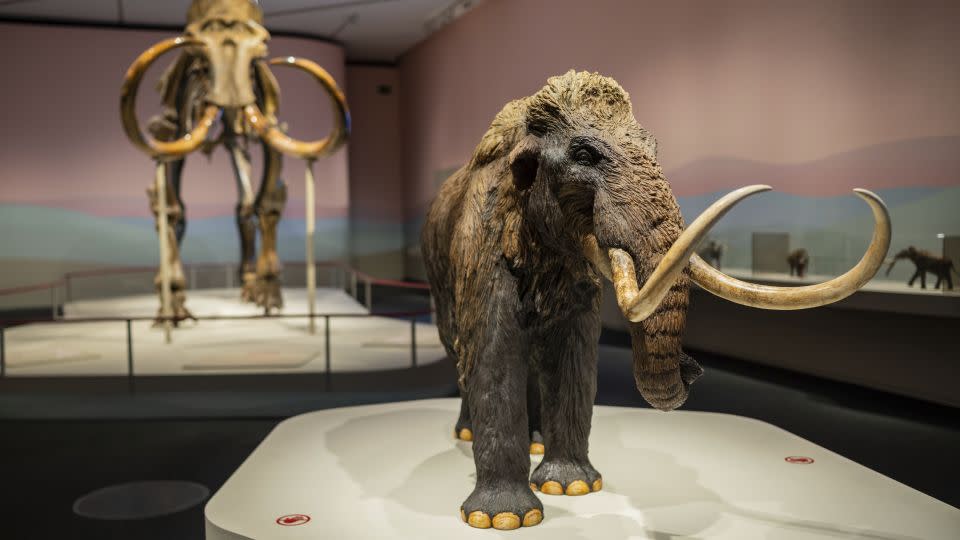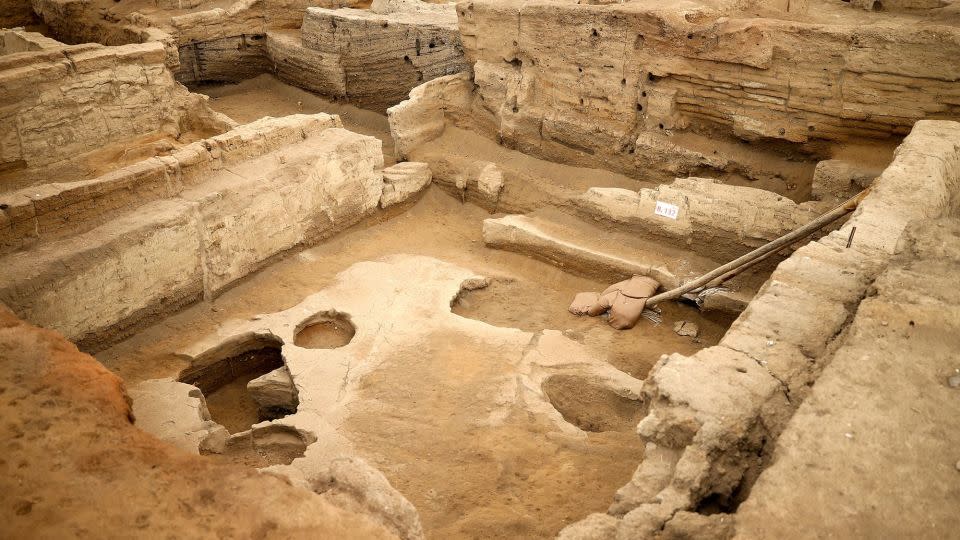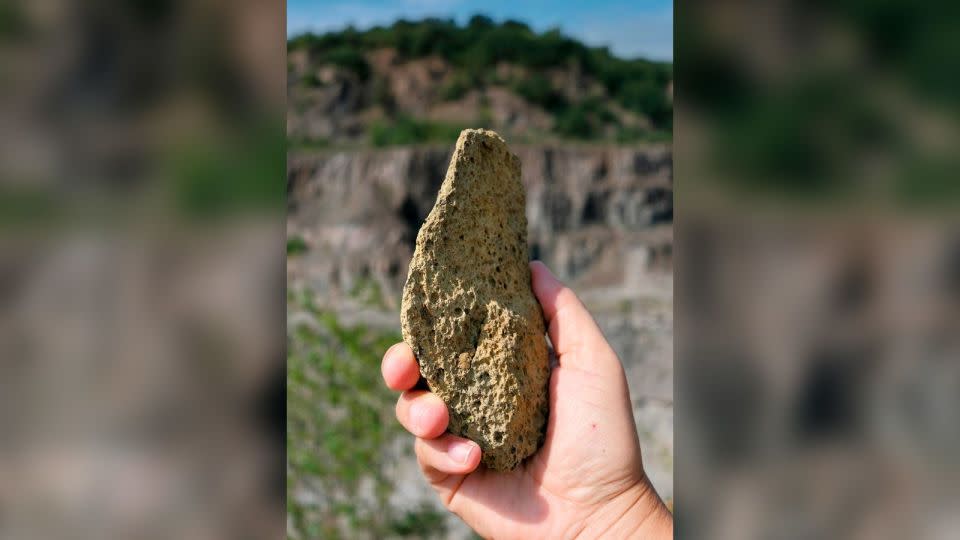Editor’s note: A version of this story appeared in CNN’s science newsletter Wonder Theory. To receive it in your inbox, Register for free here.
There are constant reminders in our daily environment of the many chapters of life that have unfolded on Earth.
Rocks and dirt preserve traces of the eras that preceded ours, such as the oldest known fossilized forest on Earth, where extraordinary trees once grew 390 million years ago.
Fossils reveal the diversity of life that has flourished and disappeared over millennia, and graves tell the stories of people who faced unimaginable hardship centuries ago.
The only constant about life on Earth is that it is constantly changing. Even scientists disagree on whether or not a new chapter in Earth’s history has begun.
While it may seem impossible to bring long-extinct creatures back to life, scientists are making breakthroughs that could enable a comeback, perhaps in the not-so-distant future.
Back to the future

An ambitious plan to genetically engineer a woolly mammoth – a giant that hasn’t roamed the Earth for 4,000 years – has taken another step toward reality.
Colossal Biosciences, a Dallas-based company that wants to create a mammoth hybrid that looks exactly like its extinct counterpart, has reprogrammed cells from an Asian elephant. The species is the closest living relative to the woolly mammoth.
The now-modified cells could eventually be used to help the hybrid mammoth grow a woolly coat and develop other traits needed to survive in the Arctic.
The company believes that the revival of the woolly mammoth could potentially help restore the fragile Arctic tundra, which is at risk as the world warms.
Throughout the universe
The far-reaching infrared view of the James Webb Space Telescope has discovered a mysterious galaxy that existed when the universe was just 700 million years old – in its adolescence, astronomically speaking.
The discovery surprised scientists, who discovered that this was the oldest ‘dead’ galaxy ever observed, and that it stopped forming stars almost as soon as the birth of stars in the universe began.
Violent interactions between stars or black holes can rob galaxies of the gas needed to form stars, but so far no theories explain exactly what happened in this distant galaxy.
Curiosities


Bread and cheese are among the best culinary combinations, but perhaps not when the bread in question is 8,600 years old and the cheese is known for its pungent aroma.
Archaeologists discovered a palm-sized spongy residue in an ancient oven structure in Turkey and determined it was an uncooked piece of fermented bread made in 6600 BC, making it the world’s oldest known bread.
Meanwhile, France’s favorite Camembert cheese is facing an extinction crisis.
The mold used in the cheese-making process that gives Camembert both its distinct aroma and rich flavor is in short supply, leading connoisseurs to worry that Camembert’s days are numbered.
Fantastic creatures
A walk through Earth’s forests 120 million years ago would have revealed a familiar sight amid an otherwise dinosaur-dominated landscape: birds. Well, that is, until the feathered creatures opened their beaks to reveal rows of teeth.
Back then, toothy birds were the norm. But researchers have unearthed a fossil of a newly discovered species, dubbed “Attenborough’s strange bird”, in honor of British naturalist Sir David Attenborough, which was the odd one out because it had no teeth.
The discovery of the robin-like bird is changing the way scientists think about the complicated story of bird evolution.
In addition, an eagle-eyed amateur paleontologist walking his dog happened to spot an exposed bone that led to the discovery of a nearly complete titanosaur skeleton connected from skull to tail.
A long time ago


Scientists have used a unique celestial method to determine that there were ancient humans in Europe 1.4 million years ago.
Pebbles buried in a quarry in Ukraine, along with stone tools found beneath earth’s layers, were analyzed for radioactive particles trapped within the mineral grains.
In the distant past, when the rocks were still on the surface, cosmic rays, or charged particles that travel through the universe and land on Earth, had penetrated the rock, creating the radioactive markers that help researchers determine how long the archaeological layer was buried. .
The newly dated artifacts are the earliest known evidence of hominids in Europe. The team is still trying to determine exactly which species of early humans made the tools, but the research results have provided clues.
Explorations
Grab a cup of coffee and check out this fascinating read:
— Towering, pyramid-like star dunes are among the tallest features of Earth’s deserts, and researchers have found evidence that the distinctive mounds began forming thousands of years ago.
– A 13-year-old may have cracked the code on how Greek inventor Archimedes’ legendary “death ray” could have used sunlight to burn ships.
— Did you catch a glimpse of the 2017 total solar eclipse? Expect this year’s eclipse on April 8 to be different in several important ways, including the duration and visibility of the celestial event.
Do you like what you read? But there’s more. Register here to get the next edition of Wonder Theory in your inbox, brought to you by CNN Space and Science writers Ashley Strickland And Katie Hunt. They find wonder about planets outside our solar system and discoveries from ancient times.
For more CNN news and newsletters, create an account at CNN.com